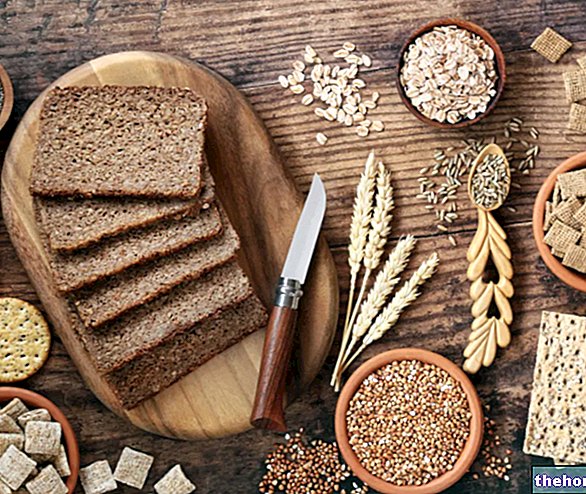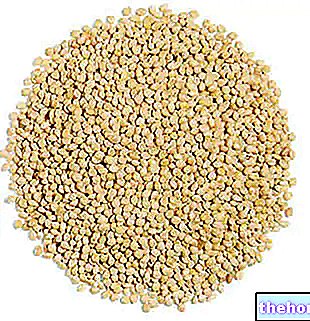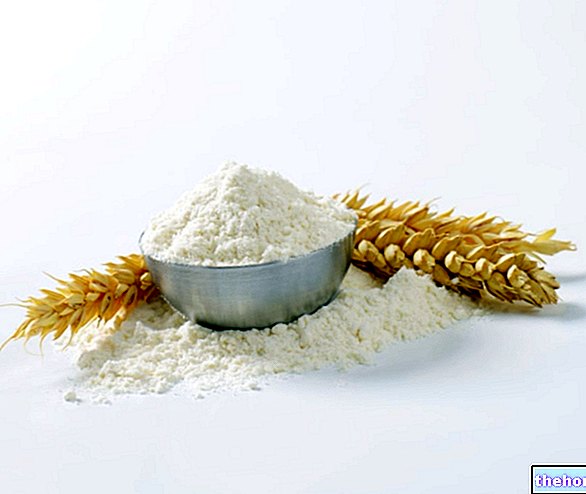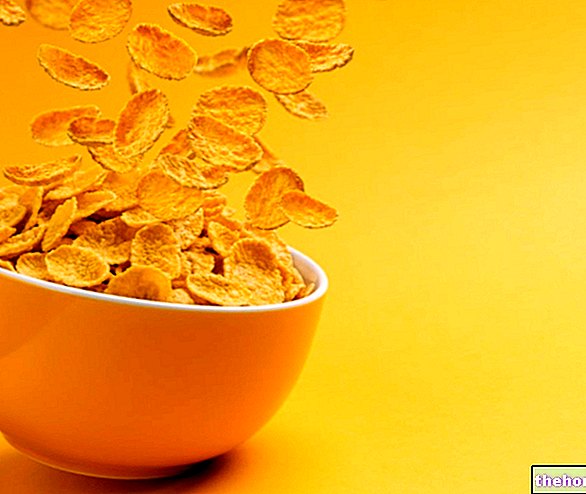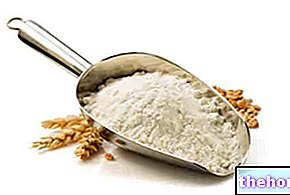Generality
Orecchiette are a type of pasta typical of Puglia and some Lucanian territories (especially of Matera and Potentino).

The shape of the orecchiette is discoid, concave on one side and (logically) convex on the other; the center is flattened while the edges seem thicker. The dimensions are variable but the most famous orecchiette have a diameter of about 2cm. typically rough.
The nutritional contribution of orecchiette is not very different from that of other types of pasta, as they are formulated from durum wheat semolina and water, sometimes with the addition of extra virgin olive oil.
The orecchiette seasoning can be of various kinds, based on foods of animal origin (meat, fish products, eggs and dairy products) and / or vegetables (vegetables, tubers, mushrooms, legumes), both typical of both the hot months and of the cold ones.
Background
The history of orecchiette is not entirely clear.
Some argue that it is not an original recipe from our peninsula and trace them back to the Provencal territories of France. According to this theory, the archaic form of orecchiette arrived on the south-eastern coasts of the Bel Paese in the 13th century AD, aboard large merchant ships; these were used for the provisions of the noble families of the county of Anjou who, between 1200 and 1300, governed a large part of southern Italy.
The term "orecchiette" should have been coined by the Angevins, but the influence of the Jewish population at the time residing in the continental areas of the South is not to be excluded.
Orecchiette with ...
Associating the orecchiette exclusively with the famous recipe with "turnip tops", if on the one hand it does justice to a great tradition, on the other it is extremely simplistic!
Homemade Orecchiette
Problems with playing the video? Reload the video from youtube.
- Go to the Video Page
- Go to the Video Recipes Section
- Watch the video on youtube
First of all, there is NOT a single type of orecchiette. Those called "recchie", "chianchiarelle" or "stacchiodi" are to be considered the "classic" type, that is the best known; however, worthy exponents of the category are also the "strascinati" or "cavatelli", larger, flatter (often elongated) and typically seasoned with tomato sauce. The type of orecchiette that most differs from those mentioned is known as "priest's ears", also larger but made from soft wheat flour.
In addition to the classic one with turnip tops, the classic accompanying sauces for orecchiette are: with broccoli, with tomato sauce, with rabbit ragout and with sheep's milk ricotta (dried).

Nutritional values (per 100 g of edible portion)
Other extremely delicious recipes, but less known to the extra-regional population, are: orecchiette with horse meat sauce, orecchiette with scampi, orecchiette with tuna, giant strascinati au gratin, orecchiette with chops, orecchiette with sauce and meatballs, orecchiette alla lucana etc. .
NB. The cooking times of orecchiette vary considerably between dry, fresh and frozen ones. The dry ones are the most tenacious, while the fresh ones are very quick to cook.
Production
Describing the production of orecchiette is by no means an "easy task, since, in addition to explaining the method, it would also be necessary to show the system" visually; however, below I will limit myself to specifying the most important passages by briefly summarizing the traditional recipe of pasta.
We proceed by making a dough based on durum wheat flour (even if it is very difficult to work by hand), water, oil and salt; the proportions are 250g of flour, 130g of water, a tablespoon of oil and salt to taste.
After mixing it and letting it rest, the dough is cut into pieces to obtain salamelli; these will then be cut into "dumplings" to be crushed with a round knife on a well floured pastry board. At this point, with the fingertips of the index fingers and thumb, are modeled in the shape of an auricle.
The orecchiette can therefore be dried and packaged, even if they do not have the same shelf life as the packaged pasta (due to the lesser effectiveness of the process); alternatively, they lend themselves very well to freezing, as long as you remember to keep them well separated and NOT stacked together.
Nutritional Characteristics
Orecchiette are foods with a different nutritional intake between the dry and the fresh or frozen form; they have a caloric prevalence of carbohydrates, while proteins and lipids are much less incisive. There is little fiber but it is not irrelevant anyway.
Among the mineral salts and vitamins there is a good content of iron and vit. PP (niacin).
Orecchiette are NOT a food to be eaten frivolously in case of: type 2 diabetes mellitus, hypertriglyceridemia and overweight; in fact, these conditions require small portions and a moderate frequency of consumption. For all the others, the average portion of the dry ones is about 80-90g, while for the fresh ones it corresponds to about 160-180g (290-330kcal).
Other Cereals and Derivatives Amaranth Wheat starch Corn starch Rice starch Modified starch Oat starch Bulgur Whole grains Corn Flakes Crackers Oat bran Bran Cus cus Amaranth flour Oat flour Buratto flour Spelled flour Buckwheat flour Corn flour Corn flour Millet Barley flour Quinoa flour Small spelled flour (Enkir) Rice flour Rye flour Sorghum flour Flour and semolina Whole wheat flour Manitoba flour Pizza flour Spelled Rusks Focaccia Nuts Wheat or wheat Wheat germ Burnt wheat Buckwheat Breadsticks Oat milk Rice milk Corn Maizena Malt Millet Muesli Barley Stale bread Unleavened bread and Pita Bread Carasau bread Egg pasta Rice pasta Wholemeal pasta Piadina Small spelled Pizza Pop corn Baked goods Quinoa Rice Basmati rice Converted rice White rice Rice Wholemeal Parboiled Rice Puffed Rice Venus Rice Rye and Horned Rye Semolina Semolina Sorghum Spaghetti Spelled Teff Tigelle Triticale OTHER ARTICLES CEREALS AND DERIVATIVES Categories Food Alcoholics Meat Cereals and derivatives Sweeteners Sweets Offal Fruit Dried fruit Milk and derivatives Legumes Oils and fats Fish and fishery products Salami Spices Vegetables Health recipes Appetizers Bread, Pizza and Brioche First courses Second courses Vegetables and Salads Sweets and Desserts Ice creams and sorbets Syrups, liqueurs and grappas Basic Preparations ---- In the Kitchen with Leftovers Carnival Recipes Christmas Recipes Dietary Recipes Light Recipes Woman's Day, Mother's Day, Dad's Day Functional Recipes International Recipes Easter Recipes Recipes for Celiacs Recipes for Diabetics Holiday Recipes Valentine's Day Recipes Vegetarian Recipes Protein Recipes Regional Recipes Vegan Recipes

